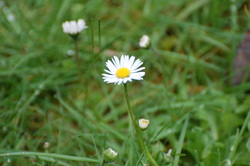 English Daisy (Bellis perennis) is a widespread exotic weed most commonly seen in lawns and other disturbed areas. There is can form impressive sweeps of white or pale pink in the early spring when it blooms. This is yet another weed that can be used in salads, although the leaves are best used when young, they become bitter as the plant ages. The word "daisy" is thought to come from the words "day's eye" in reference to the habit of this plant opening the flower in daylight and closing up again on cloudy days, or at night.
0 Comments
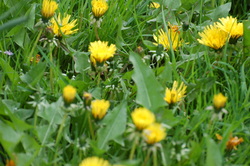 British Columbia has 5 species of Taraxacum, and this one, Taraxacum officinale is the commonest. Of the five, two are introduced and three are native. Here the main bloom of the species is late April or May, depending on the year, but flowers can pop out at any time, including warm spells in the winter. Dandelion is as well known for their seed heads as they are for their flowers and the parachuting seeds are amazing to watch on a windy day as the float soar away to disperse the seeds. The name is from the French "dent de lion" in reference to the jagged tooth leaves. Only one year did the Chocolate Lilies or Fritillaria affinis (formerly F. lanceolata) cover patches of the meadow as thickly as the first photograph shows. Usually they are in groups of two or three, just waiting for someone to discover their quiet, dark elegance in amongst the riot of colour that the rest of the spring flowers explode in. If we had fields annually I'd be tempted to try a very small sampling of the bulblets that are reported to be tender and delicate and somewhat like rice...only a bit bitter.
The banner across the top of this page shows the sweeping "blush" of Plectritis congesta that fills the places beneath and between the fading shooting stars and fawn lilies. The timing usually matches the subtle blue-eyed mary resulting in a clouds of bold pink, underscored with deep blue. Bumble bees and early flies are often found buzzing about sea blush, finding their way to the cluster of flowers that perch like a head atop the single stalk.
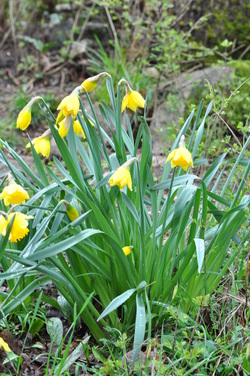 A. You are doing what for species a day?? B. You heard me, the daffodils. A. But is that in the spirit of this exercise? B. They have naturalized in the meadow, haven't they? A. Yes....but...just along the edge! And someone planted them. B. But we didn't; and besides that, did we plant the daphne or Himalayan blackberry or any of the other invasives that have been included here? Have we? A. No. But these are different. B. Why? A. We haven't pulled them out. B. Huh? A. I suppose they aren't just at the edge.... B. I am doing Narcissus pseudonarcissus A. Okay 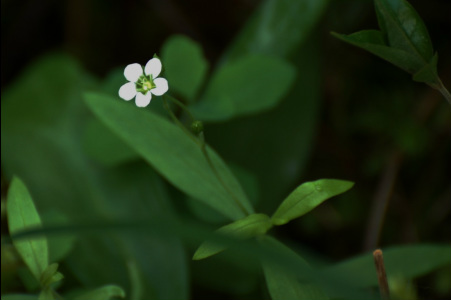 There was a time when many white-flowered plants in the Caryophyllaceae were in a large genus Arenaria, the Sandworts. Nowadays the genus has been split into several genera including Spergularia, Eremogone and Minuartia. This species is in still another genus and is now Moehringia lateriflora - which is considerably more difficult to remember, pronounce - and spell! Blunt-leaved Sandwort grows in both North America and Asia. Here at Leaning Oaks it grows in dry woodland and meadow edge, putting out dainty white five-petalled flowers in April and May. Where ever one travels in B.C. it seems ever present, it grew on my thesis area in the East Kootenays, it grows in the woods along the Tatshenshini River in extreme northwest of the province and in most forests in between. 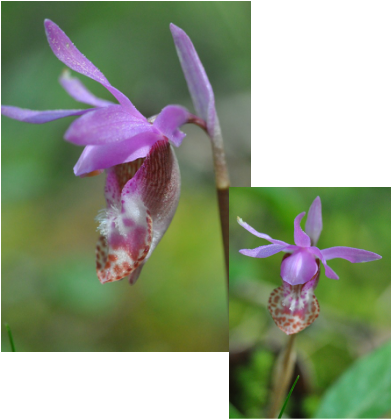 This orchid is found in the shade of the mossy forest and usually growing singly. Calypso bulbosa is a perennial herb grows from corms and I find them in the same location year after year. We have had visitors that can not believe that this exquisite, sweet smelling orchid is native. Despite being relatively common in a few localities, they should never be picked as that will usually result in the corm dying. According to Pojar and Mackinnon, Haida girls ate small quantities of the apparently buttery tasting corm to increase their busts. Don't do this either. Midway through the spring symphony of colour the delicate Lithophragma parviflorum stands tall, swaying gently and popping out with the palest of pale pink petals that look as though they have been cut out of paper and glued to a central disk. The range is southern BC to California and east to Utah and Colorado where it is found in mesic sites.
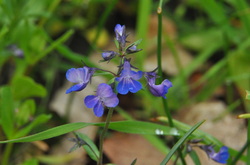 Subtle; Collinsia parviflora appears without the bang of the other meadow flowers.....but one day you look down and there are clouds of blue drifting between the grasses and other more brilliant blooms. There is a "large-flowered" version as well that are only a few millimeters larger. More subtleties! 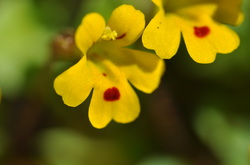 This tiny, cheery annual grows in vernal wet seeps. The thick masses of Mimulus alsinoides look like a solid yellow river tracing these seeps along a west facing cliff. As long as it doesn't get too warm or dry, they will last for a month or so. The red dot looks as though it must be a guide or landing pad for some pollinator but neither of us have seen anything on these flowers or can find a reference to a pollinator. Large showy trilliums are found in the moister, shadier lower lying areas of Leaning Oaks. Trillium ovatum are found nestled among the willows and below the cedars. The flowers change to pale pink as they age and when I was first on the coast I was convinced that they had to be two different species. The seeds are attractive to ants which will drag them back to their nests for the larvae to feed on and thus effectively dispersing the plants.
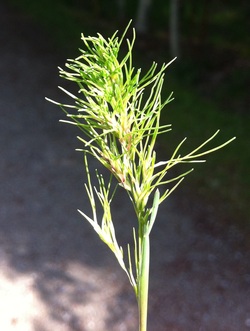 Bulbous Bluegrass (Poa bulbosa ssp. vivipara) is an introduced grass that grows in disturbed areas and dry places. Its a very distinctive grass because, instead of producing flowers and seeds like grasses usually do, the inflorence produce small bulbs which start to grow on the flowering head. As the summer approaches, this grass usually dries up, and the bulbs fall off and loose their leaves, but are able to resprout with autumn rains. This species has had an interesting history. First used in the west as an agricultural crop it was promoted as a weed control in alfalfa fields, where this grass could outcompete other species. Now it in itself is regarded as a weed in some parts of western North America. 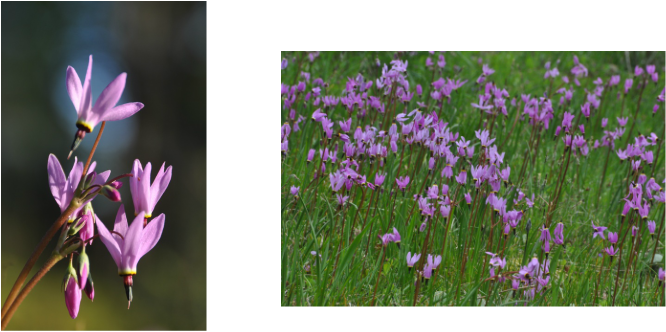 The shootingstars form thick, patchy mats around the property. The flowers range from deep, deep purple to the odd white one. We transplanted a few plants from areas where they were growing thickly and not flowering (deep shade) to the lawn and these have spread to thick clumps in just a few years. Another English name for Dodecatheon hendersonii is "mosquito bill" which aptly describes the shape of the flower with it's strongly reflex petals exposing the pointy corolla. The round to oval leaves form a basal rosette. D. hendersonii is found on the west coast of North America from southern Vancouver Island to California in areas with moist winters and dry summers. 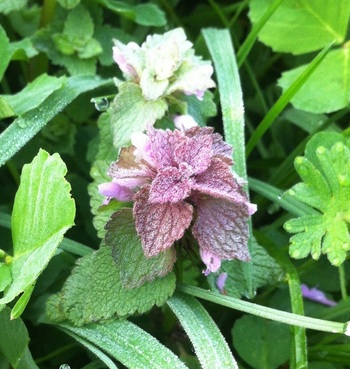 Purple Dead-Nettle is a distinctive introduced species that is frequently found in disturbed places and lawns on southern Vancouver Island. At Leaning Oaks it varies from year to year how much of this we have, and it is a common weed in our garden. The purple leaves on the flowering shoots are showier than the flowers themselves, and nearly the same colour. Lamium purpureum var. purpureum is in the same genus as Yellow Archangel (32.) and since both are weeds here, I must admit that its has discouraged me from using other species of Lamium in the garden. This species is usually an annual or biennial plant. They produce huge quantities of small seeds, in the hundreds or thousands. Irrigated, they continue to bloom well into the summer or fall. "Dead"-nettle refers to the fact that the species superficially looks like stinging nettle, but is "dead" or stingless. 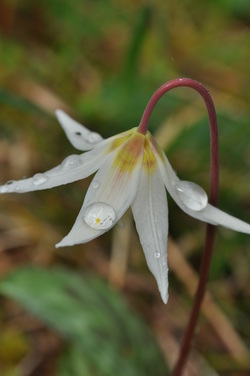 The white fawn lilies congregate in moist, well drained soils; going for dappled sunlight (or is it dappled shade?) Erythronium oregonum glow and offer a counterpoint to the shooting stars that come up just a bit later in the waves of colour that sweep Leaning Oaks in the spring. The deer are very good at nipping off the buds; which reminds me of a line I overheard in a nursery; "I want to grow native plants so that the deer won't eat them". Huh? The overlooked part of the lily is the patterns on the basal, lanceolate pair of leaves. They are a bit like the distinctive patterns on a giraffe; if lilies migrated, you could track individuals. 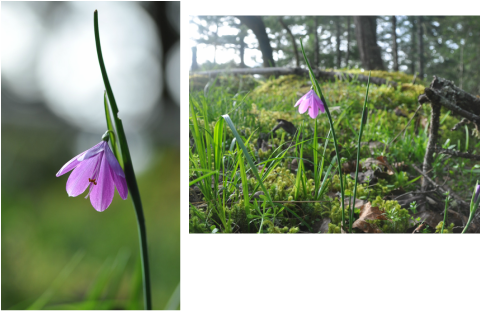 I thought I knew where all of the Olsynium douglasii were on Leaning Oaks - but tonight I found a new small group shimmering in the evening sun and swaying seductively in the breeze. Satinflowers are one of the earlier blooming flowers along the edges of the meadows, often showing in March. Douglas' blue-eyed grass is another common name. This member of the iris family just gets into Canada on southern Vancouver Island. 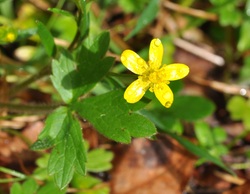 A bright ray of sunshine, Ranunculus occidentalis is one of the earlier flowering plants along the forest edge and in the meadow at Leaning Oaks. Western buttercups have variable numbers of petals and there are seven recognized varieties in western North America. There are up to 14 petals according to EFlora and eight in Pojar and MacKinnon. (Plants of Coastal BC) Yahoo-there are some flowers out in the meadow! Even if they are the European exotic weed Cerastium pumilum, it still is nice to see. It is a late winter/early spring annual, with tiny flowers that will bloom for about a month. Although it is sprinkled along the trails and meadow at Leaning Oaks, it likely doesn't impact any of the native vegetation.
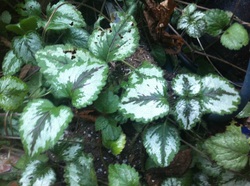 Yellow Archdevil would be a better name. This species is a aggressive weed at Leaning Oaks having escaped from the garden a number of years ago, and despite a steady effort to control it still manages to persist. Lamium galeobdolon is a herbaceous vine that has the ability to root from small pieces dropped from the weed pile or nodes on stems and grow from seed. There is no doubt that the form most often seen has an attractive variegated leaf, but its ability to spread into the wild makes it a decidedly undesirable plant. In shady areas is able to out compete many native plants, and can form thick mats that cover large areas. This is a species that is often spread by people dumping garden waste at the side of a road or the edge of a park. For more information about invasive species in B.C. visit: http://www.bcinvasives.ca/invasive-species/invasive-species |
AuthorsTwo biologists on a beautiful property armed with cameras, smart phones and a marginal knowledge of websites took up the challenge of documenting one species a day on that property. Join along! Posts and photographs by Leah Ramsay and David Fraser (unless otherwise stated); started January 1, 2014. Categories
All
Archives
May 2025
|
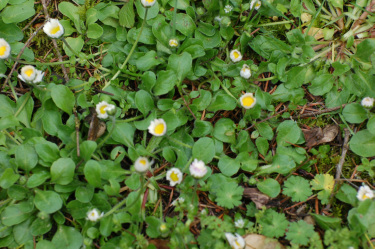
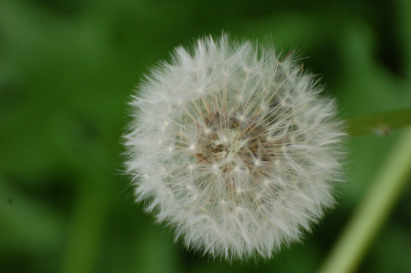
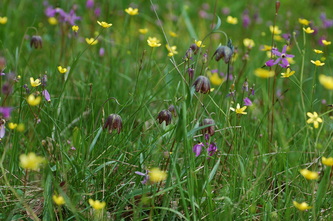
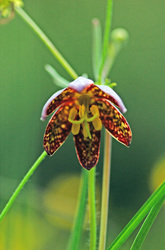
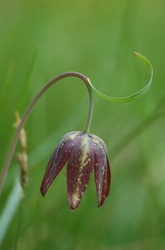
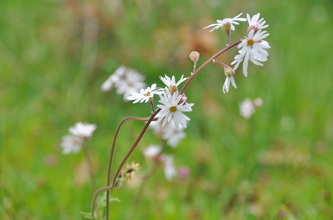
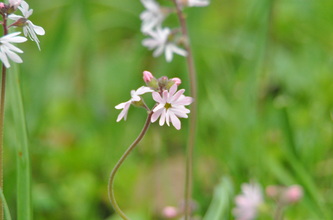
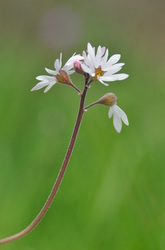
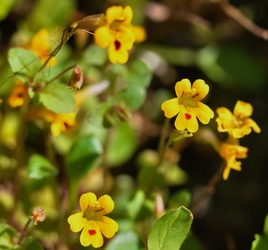
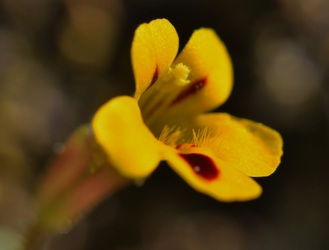
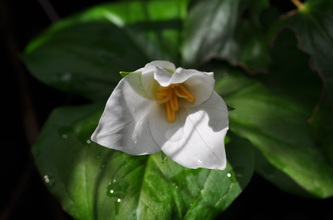
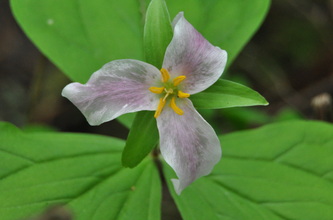
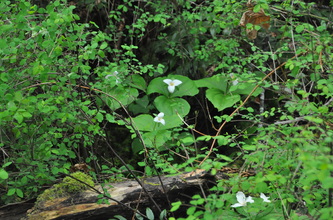
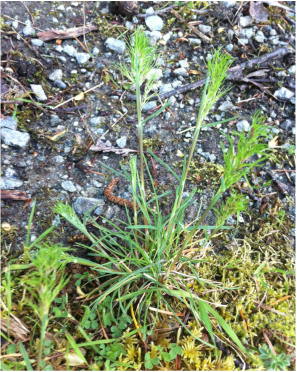
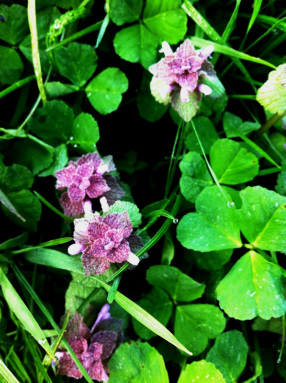
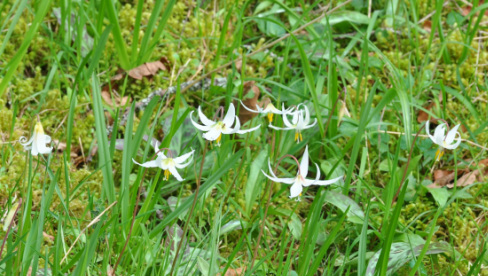
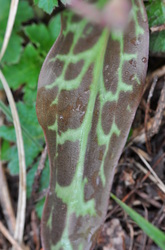
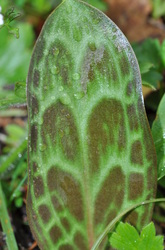
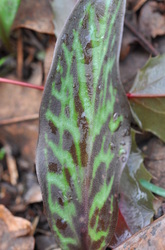
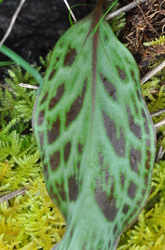
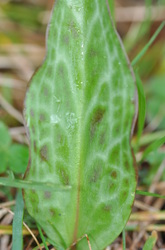
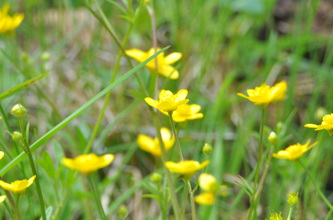
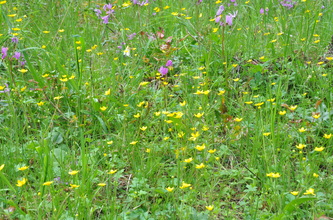
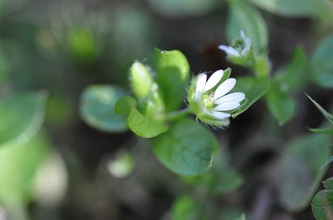
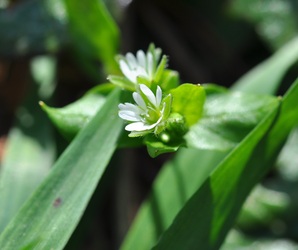
 RSS Feed
RSS Feed